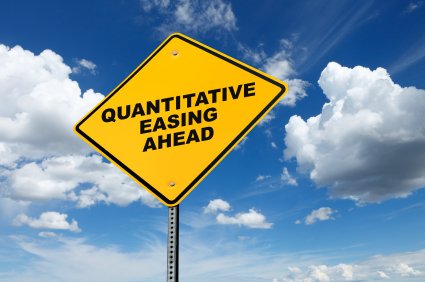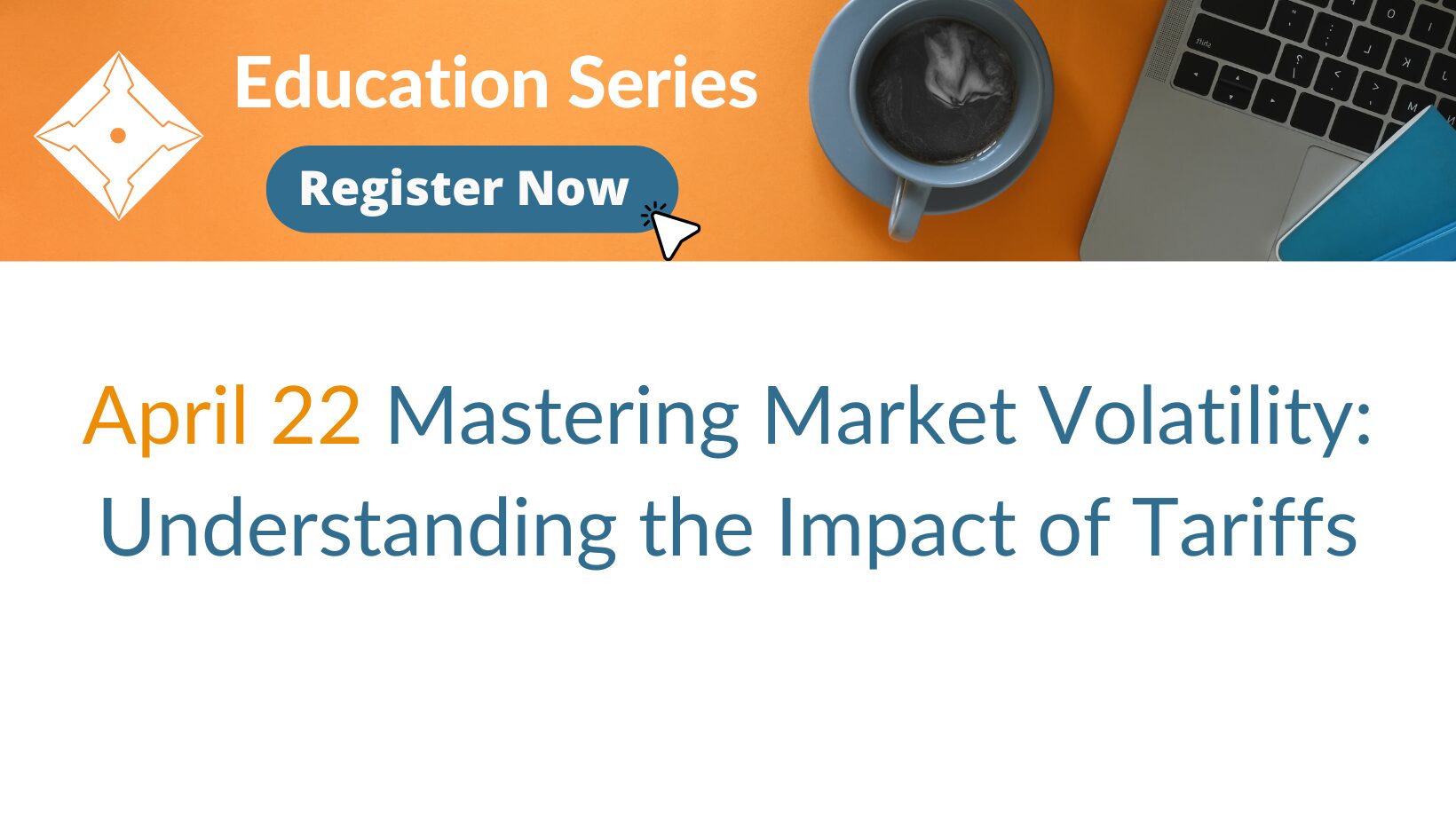Quantitative Easing: To Infinity & Beyond!

Janet Yellen was recently announced as successor to Federal Reserve Chairman Ben Bernanke. The 67-year-old Cal-Berkeley professor will take the reins at the Fed on February 1st, 2014, assuming she is confirmed by the Senate. Market pundits say she will be slightly more dovish than her predecessor, with no predilection for reducing Fed bond purchases as long as the economic recovery remains half-baked. While she may surprise us (Nixon went to China after all) and end up leading a long march back from money-printing, given her history we can assume we’re in for several more years of highly accommodative policy. Our question: Why is this? What has 5 years of ballooning the Fed’s balance sheet via so-called Quantitative Easing (QE) done for the U.S. economy? The answer is the subject of this essay.
The 2008 financial crisis culminated a long and sad story. Perverse financial incentives (largely driven by mortgage guarantees from the Federal government in the name of expanded home ownership), combined with cheap money from the Fed to get the party started early in the last decade. This moral hazard was then levered to stratospheric heights by the major investment banks, as they bundled hundreds of billions in dicey mortgages for sale around the world. Home “ownership” boomed, and newly purchased houses became ATMs. When the entire edifice collapsed of its own weight in late 2008, the resulting economic damage was so widespread, deep and systemic that politicians thought the consequences of letting the market adjust on its own would be too great for the Republic to bear. TARP (the Troubled Asset Relief Program) and at least a dozen other hastily-assembled financial relief programs were implemented in the fall of 2008. Then, in order to backstop all these programs, the Federal Reserve got down to serious money creation—QE1—in late November. By the end of March 2009, $1.425 trillion of newly-created cash had been given to the banks in exchange for mortgage-backed and agency debt securities. This amount represented 13% of the face value of all single-family mortgages outstanding in the U.S. at the time.
It worked. QE1 succeeded in stabilizing the system. Created in 1913 as a bulwark against the exact risks that appeared 95 years later, the Fed acted when serious deflation loomed in the fall of 2008. It flooded the system with liquidity when financial markets were frozen, thereby short-circuiting the cycle of fear and mistrust that threatened to crush the economy. Both the economy and the financial markets stabilized in the spring of 2009, and a brief (but scary) chapter in U.S. financial history was closed.
We have no dispute with the first tranche of Quantitative Easing; our beef is with the effectiveness of the next 2 stages. Beginning in November of 2010, the Fed bought $600 billion of U.S. Treasuries over an 8-month period. This was QE2. After a 14 month interregnum, it instituted QE3 in the fall of 2012, which padded the total by another $1 trillion. To this day, Bernanke continues to buy about $85 billion in bonds each month. Our question: What have we gotten in return for this latest $1.6 trillion in purchases?
We certainly didn’t get robust economic growth. Since QE2 commenced in the fall of 2010, U.S. economic growth has averaged 2.1% per year. This is about half the average rate of all post-WWII recoveries. We didn’t get much wage growth either. Real wages have actually fallen at a 0.3% annual rate since the fourth quarter of 2010, continuing a very weak trend which goes back over a decade.
Unemployment has fallen from low double-digits to just over 7 percent, but much of this gain is due to millions of discouraged job-seekers leaving the labor force.
The economy, employment and wages remain weak because the vast majority of the money the Fed has created since 2008 remains on deposit at commercial banks, waiting to be lent. As of the second quarter of 2013, aggregate loan balances of the 25 largest U.S. banks are 5 percent smaller than the day Lehman Brothers failed. It’s as if Bernanke is gunning the engine, and the rest of the Federal Reserve Open Market Committee can’t find the gear shift. Economists agree that the U.S. economy will not begin to grow at rates anywhere near historic averages until the banks begin to lend these massive reserves.
Instead of better economic growth, we’ve seen a giant stock and bond rally, along with a budding recovery in home prices. This combination of weak growth and rising asset prices has further aided the banks, but also exacerbated wealth disparities and further squeezed an already stressed middle class. As a result, the average (particularly young) person without significant equity in their home or a 6-figure investment portfolio feels like they’re falling further and further behind. Add the burden of rising taxes, education and health care costs, and they are!
Our conclusion: Monetary policy is not the solution for creating long-term investment and risk-taking. The proof is in the numbers laid out above. There are two reasons for this. First, markets know that at some point the money the Fed has created must be withdrawn from the system, and behave accordingly. They’re therefore forever on alert for any sign of reduced accommodation. We saw this in May and June of this year, when interest rates spiked on the mere hint of reduced bond purchases by the Fed. Any sign that the punchbowl might be removed is a signal to sell first and ask questions later.
Secondly, extended rescue operations (we think $3 trillion added to the system over 5 years qualifies as “extended”) have driven rates of return throughout the economy so low that investors are unwilling to take risk for such meager returns. As we’ve seen, low rates are a magic elixir for the banks, helping to keep funding costs low. But low rates are a two-edged sword. The flip side of low returns throughout the economy is that new projects are simply not worth the effort. The banks aren’t lending because there is no urgency to lend when the time value of money (and inversely, the money value of time) has been reduced to zero. A shopping mall or factory opened tomorrow is just as valuable as one opened a year or even 5 years from now given the drastically low level of interest rates and almost dead-flat yield curve. The steadily eroding velocity of money (basically the number of times each dollar turns over in the economy each year) is testament to this troubling trend.
After threatening to reduce Quantitative Easing early last summer, the Federal Reserve Board recently caught the market off guard by refusing to “taper” at their September meeting. (See Jay Sommariva’s piece elsewhere in this issue.) We think they made a mistake. After doing the heavy lifting of prepping financial markets for a change of direction, they lost their nerve at the last minute. Just like the debt ceiling debate, the fight over unlimited money printing will return, perhaps in conjunction with a stronger economy, though we’re skeptical. When that day comes, will the newly-installed Ms. Yellen have the monetary chops to reverse QE-infinity? We’ll see.


